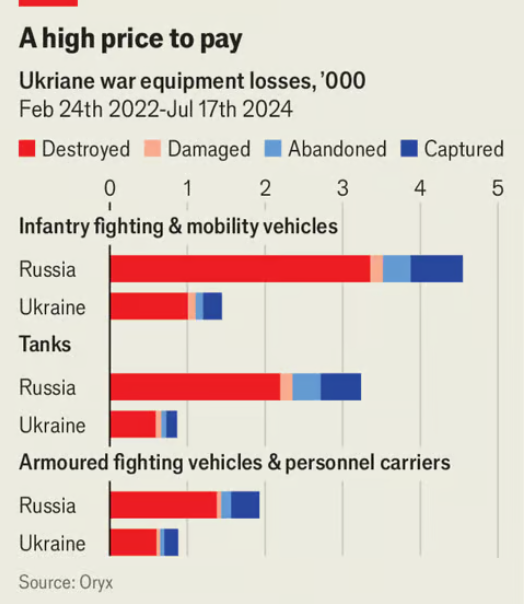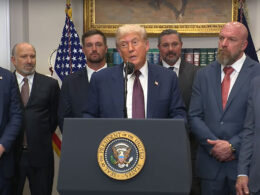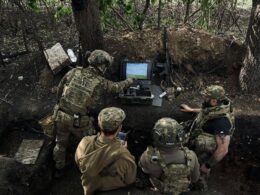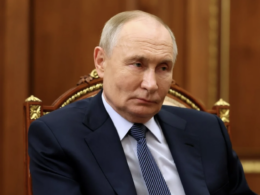According to The Economist's analysis, Russia's vast Soviet-era weapon stocks are depleting. The Russian offensive in Kharkiv Oblast is faltering, and advances in Donbas have been strategically insignificant and costly. The focus now shifts to Russia's ability to sustain its current operational tempo.
While Russia can still mobilize troops and increase missile production, it struggles to replace lost tanks, armored vehicles, and artillery. These are primarily replaced by refurbishing old Soviet-era stock, which is huge but finite. After two years of war, Russia has lost about 3,000 tanks and 5,000 other armored vehicles, with actual numbers likely higher.
Russia's ability to produce new equipment is limited:
- Only about 30 new tanks can be built annually
- 85% of tanks delivered in 2023 were refurbished old models
- Sanctions have cut off crucial imported components
- The former Soviet weapons supply chain no longer exists.

Artillery barrel production is also a concern, with only two factories producing about 100 barrels each annually, far below the thousands needed.
Experts estimate that at current attrition rates, Russia's ability to refurbish tanks and infantry vehicles from storage will reach a "critical point of exhaustion" by late 2025. This may force Russian forces to adopt a more defensive posture, possibly as early as the end of summer 2024.
The Economist concludes that Putin's interest in agreeing to a temporary ceasefire may increase as a result of these challenges.
Read more:
- Russia loses 90% of Kharkiv offensive force, Ukrainian commander reports
- ISW: Ukrainian forces recaptured positions in northern Kharkiv Oblast
- Russia's Kharkiv offensive flops. Defense expert reveals why and what's next





